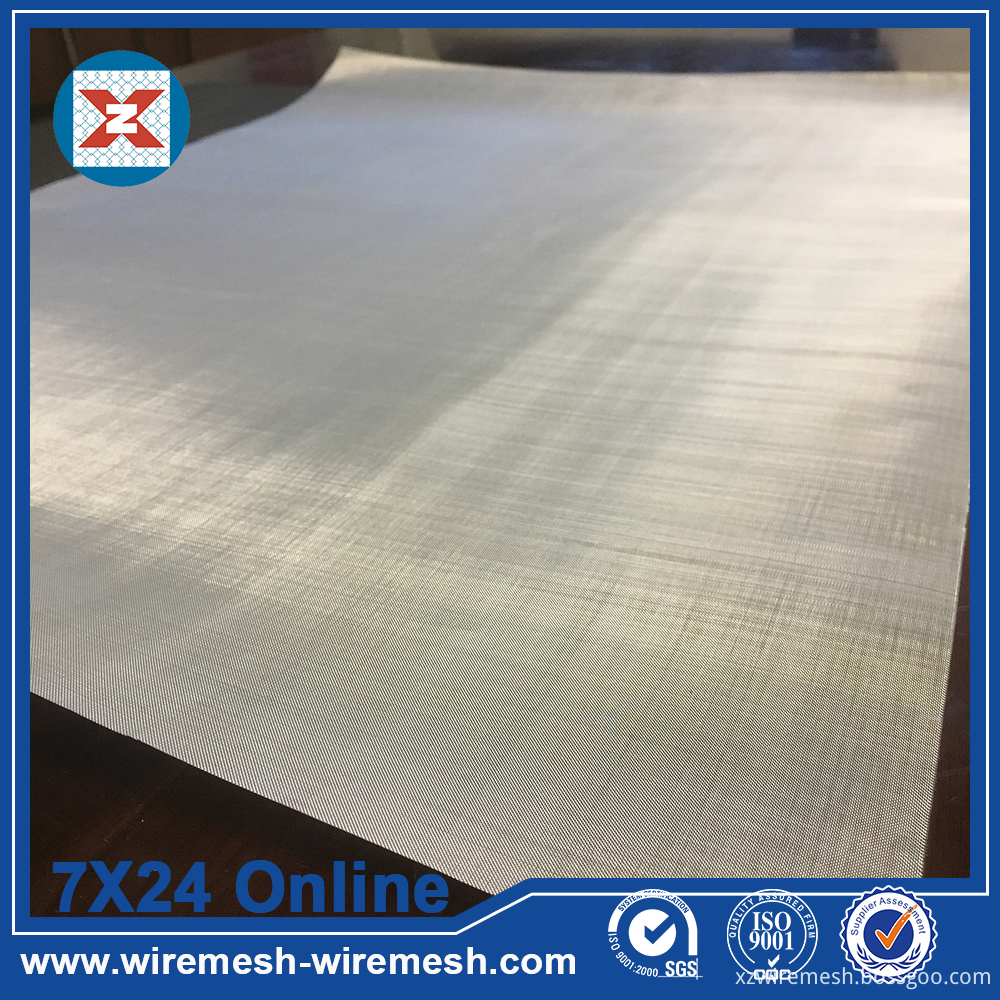Hardness indicates the ability of a material to resist the pressing of a hard object into its surface. It is one of the important performance indicators of metallic materials. It is understood that the higher the hardness, the better the wear resistance. Commonly used hardness indexes are Brinell hardness, Rockwell hardness and Vickers hardness.
1. Brinell hardness (HB)
A certain size (usually 3000kg) of a hardened steel ball of a certain size (typically 10mm in diameter) is pressed into the surface of the material for a period of time. After the load is removed, the ratio of the load to the area of ​​the indentation is the Brinell hardness value ( HB), the unit is kilogram force / mm2 (N / mm2).
2. Rockwell hardness (HR)
When HB>450 or the sample is too small, the Brinell hardness test cannot be used instead of the Rockwell hardness measurement. It uses a diamond cone with a apex angle of 120° or a steel ball with a diameter of 1.59 and 3.18 mm, and is pressed into the surface of the material to be tested under a certain load, and the hardness of the material is determined from the depth of the indentation. According to the hardness of the test material, it is represented by three different scales:
HRA: It is a hardness obtained by using a 60kg load and a diamond cone indenter for materials with extremely high hardness (such as cemented carbide).
HRB: It is a hardened steel ball with a load of 100kg and a diameter of 1.58mm. The hardness is used for materials with lower hardness (such as annealed steel, cast iron, etc.).
HRC: is the hardness obtained by using a 150kg load and a diamond cone indenter for materials with high hardness (such as hardened steel).
3. Vickers hardness (HV)
The surface of the material is pressed into the surface of the material with a load of 120 kg or less and a diamond square cone presser with a apex angle of 136°. The surface area of ​​the material indentation pit is divided by the load value, which is the Vickers hardness value (HV).
As can be seen from the above, Vickers hardness is one of the surface hardnesses. It has a conversion relationship with other hardness units.
Hardness refers to the surface hardness, and there is no hardness requirement inside the material. Only mechanical properties (tensile strength, yield strength and impact toughness).
How does GB/T3098.1-2000 have no surface hardness? Does 5.6 not indicate surface hardness?---The surface hardness should not be 30 Vickers hardness (about 3 HRC) higher than the core hardness. The surface hardness of class 10.9 should not exceed 390 HV0.3. As for the lack of surface hardness, it is a low performance grade, such as 3.64.64.85.65.86.8. Because there is no heat treatment, there is no requirement because the hardness of the surface is mainly caused by the stress after cold rolling or baking/turning. hardness.
When testing the hardness of the bolt, there is no heat-treated bolt, just do the surface hardness within the acceptable range. If it is a heat-treated bolt, it should be hardened on a surface that is not cut in one diameter. The hardness is tested at 1/2R on the surface, and the hardness meets the standard.
It has a core with a surface, and the surface refers to the hardness after using the Vickers or the surface Rockwell after removing the surface rust, etc., and the core is to be removed from the surface and the core after removing the 1/2 diameter portion of the portion. 2 places hardness, the difference between the two hardness can not exceed 30 HV, the surface is higher than 30HV indicating that the surface is carburized, it is not allowed, if the surface is lower than 30HV, the surface decarburization is not allowed. Look carefully at this 3098.

Concerned about surprises
Label: What are the hardness indexes of bolts? What is the hardness of bolts?
Previous: Electrical appliances use: How to use the most safe gas water heater Next: How to use the generator safely? Safe use of the generator
Anping Xinzheng Metal Wire Mesh Co. Ltd produces and sells all kinds of specifications, models and materials of Woven Mesh Products. Our wire mesh products are highly praised by buyers all over the world.
Woven mesh is produced according to the mechanical engineering industry weaves JB/T5979-92 standard, the standard with international standard ISO4783/1990.
Wire mesh mainly adopts plain weave, twill weaving and Dutch weaving
The main material is stainless steel wire(SS 304, SS316, SS316L, SS 302), galvanized wire, black wire and so on
The main features of woven mesh are precise structure, uniform mesh, good corrosion resistance and durability.
Main applications of wire cloth: sifting and filtration in acid and alkali environment, oil industry as mud net, chemical fiber industry as sun filter screen, electroplating industry as pickling net, gas liquid filtration and other media separation.


Woven Mesh Products
Woven Mesh Products,Metal Cloth,Woven Steel Mesh,Stainless Steel Mesh
Anping Xinzheng Metal Wire Mesh Co., Ltd , https://www.sievingmesh.com